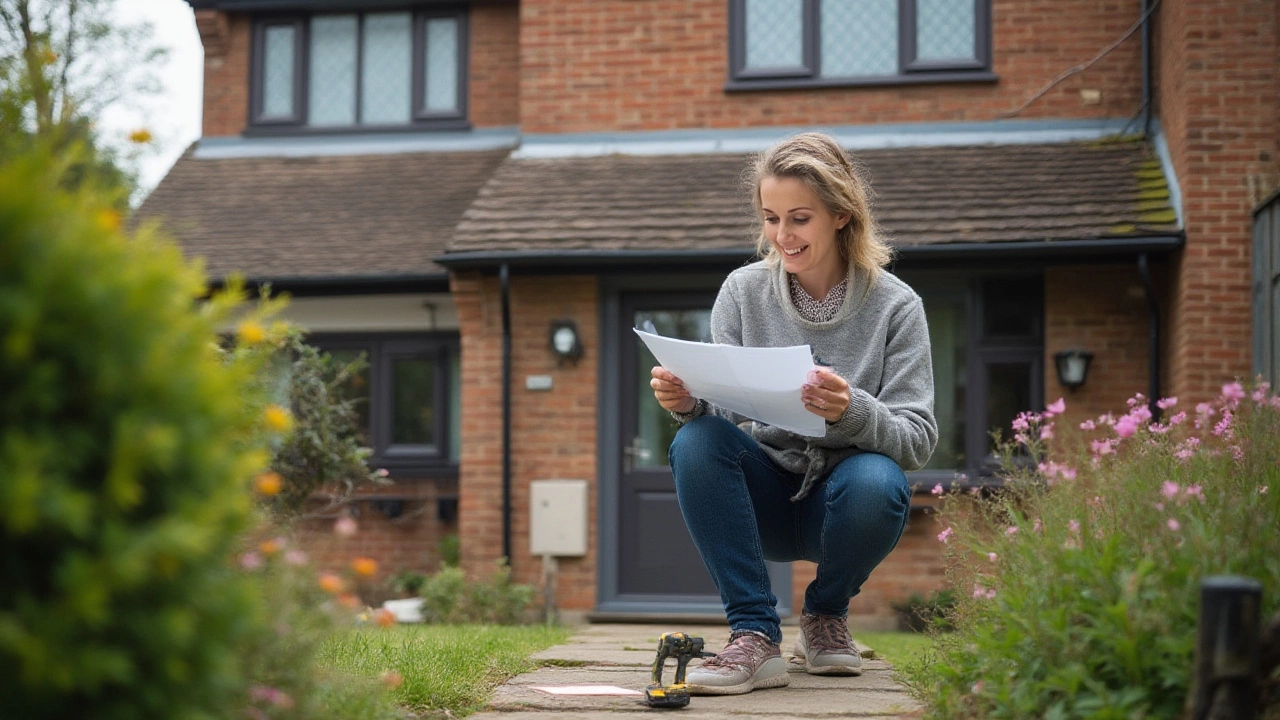Got a new doorbell and wondering how to get it hooked up? You don’t need an electrician for most home setups. With a few basic tools and a clear plan, you can wire a traditional bell, a video model, or a smart doorbell in under an hour. This guide walks you through everything you need, the safety steps, and common hiccups to avoid.
First, gather the essentials. You’ll need a flat‑head screwdriver, a voltage tester, wire strippers, and a drill with a small bit for mounting plates. For the wiring itself, grab a length of 22‑gauge two‑core cable (often sold as “doorbell wire”). If you’re installing a video or smart doorbell, have a spare low‑voltage transformer (16‑24 V AC) ready – most homes already have one powering existing chimes. A piece of electrical tape, a pencil, and a level will help keep things tidy.
1. Turn off power. Locate your home’s main fuse box and switch off the breaker for the doorbell circuit. Use the voltage tester on the existing doorbell wires to confirm there’s no live current. 2. Remove the old button. Unscrew the faceplate, pull the button out, and note which wires connect to the “front” (usually the one that triggers the chime) and the “common” terminals. 3. Connect the new wires. Strip about ½ inch of insulation from each end of the new doorbell wire. Attach one end to the front terminal and the other to the common terminal of the existing chime. Tighten the screws securely – a loose connection causes intermittent rings. 4. Mount the new doorbell. Drill holes for the mounting bracket if needed, align the level, and screw the bracket into place. Thread the two wires through the back of the new button, then attach them to the corresponding terminals on the doorbell. Most video or smart models label “Live” and “Neutral”; match these to the front and common wires you just connected. 5. Power up and test. Flip the breaker back on. Press the button – you should hear the chime or see a video feed light up. If nothing happens, double‑check wire tightness and use the voltage tester to confirm the transformer is delivering power.
If you’re adding a smart doorbell that works with Wi‑Fi, follow the manufacturer’s app instructions after the wiring is solid. Usually you’ll need to connect the doorbell to your home network, set up motion alerts, and name the device. Most apps guide you through a quick calibration, and you can test the live view from your phone right away.
Common problems include a humming chime (often caused by a mismatched transformer voltage) or a dead button (usually a loose wire). In either case, turn the power off and re‑inspect the connections. If the chime still sounds wrong, consider replacing the transformer with the recommended voltage rating listed in your doorbell’s manual.
When you’re done, tidy up any excess wire with zip ties, wrap the connections in electrical tape, and snap the faceplate back on. Clean up the work area, and you’ve just upgraded your home’s welcome station without calling a pro.
Now you know the basics of doorbell wiring, whether you’re swapping a simple buzzer or fitting a high‑tech video device. It’s a quick project that adds security, convenience, and a touch of modern style to any doorstep.

Find out if you really need an electrician to fit a Ring Doorbell in the UK. Get practical advice, step-by-step tips, and safety info right here!